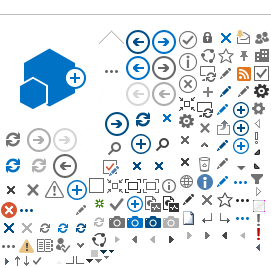When the rain falls, it hits the roof tops, driveways, sidewalks, parking lots, roads, and other hard surfaces within our community. These hard surfaces, unlike lawns, forests, and natural areas, do not absorb any of the water, and so all the rain becomes runoff. The more it rains, the more runoff is produced. The stormwater drainage system collects and carries this runoff to local creeks and rivers.
